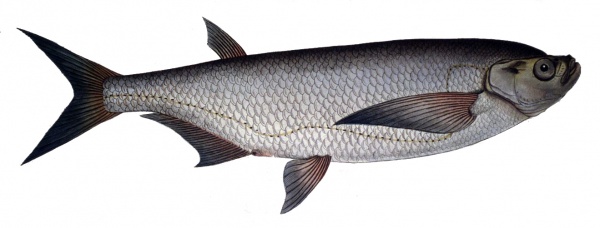Facts About Pelecus cultratus
Pelecus cultratus, commonly known as the ziege, sickle, sabre carp, or sabrefish, is a fascinating fish species native to Eastern Europe and adjacent parts of Asia. As the sole member of its genus, this species typically thrives in the lower reaches of rivers and brackish waters in the eastern Baltic Sea, Black Sea, Caspian Sea, and Aral Sea basins. According to the IUCN, the ziege is currently listed as Least Concern, indicating there are no significant threats to its population.
The ziege bears a strong resemblance to a large Baltic herring, usually growing between 25 to 40 cm in length. It is distinguished by a prominent keel on its belly, an upturned snout, and nearly transparent fins. Additional identifying features include a wavy lateral line and elongated pectoral fins.
This species is widely distributed and can be found in countries such as Austria, Azerbaijan, Bulgaria, Croatia, the Czech Republic, Denmark, Finland, Georgia, Germany, Hungary, Kazakhstan, Moldova, Poland, Romania, Russia, Serbia, Slovakia, Sweden, Turkey, Turkmenistan, Ukraine, and Uzbekistan. Zieges typically inhabit surface waters in estuaries and lakes, although some populations reside permanently in rivers and streams.
The ziege's diet primarily consists of zooplankton, swimming invertebrates, small fish, and floating insects. The breeding season occurs in May and June, during which these fish migrate up rivers to locate ideal open water locations for spawning. Some even spawn in brackish waters, such as those in the Gulf of Finland. The eggs are buoyant and drift with the current, hatching after approximately three to four days. Once spawning is complete, migratory zieges return to estuaries to feed.

 Ukraine
Ukraine